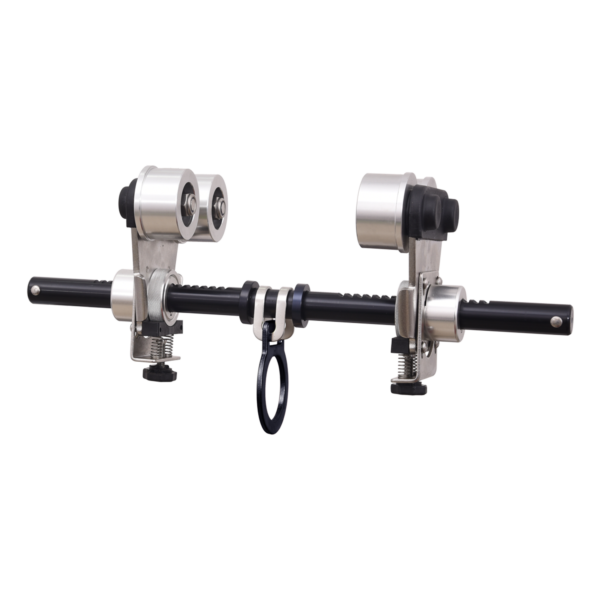Anchor points are critical components of fall protection systems, ensuring the safety of workers at elevated heights. With rigorous regulations and standards in place, it is crucial for companies to understand and adhere to these guidelines to maintain a safe working environment. This blog delves into the regulations and standards for anchor points in the Philippines, emphasizing the importance of compliance and safety.
Importance of Anchor Points in Fall Protection
Anchor points are designed to secure lanyards, lifelines, and other fall protection equipment, providing a stable attachment point to prevent falls. They are commonly installed on roofs, walls, and overhead areas, serving as a vital safety feature in various work environments. Properly installed anchor points ensure that fall protection systems function effectively, reducing the risk of injury or fatality.
Key Regulations for Fall Protection in the Philippines
In the Philippines, the Occupational Safety and Health Standards (OSHS) outline the requirements for fall protection systems. These regulations specify the need for anchor points and detail the conditions under which they must be used. Compliance with OSHS is mandatory, and failure to adhere can result in significant penalties, including fines and legal action
Industry Standards for Anchor Points
In addition to local regulations, international standards such as ANSI (American National Standards Institute) and ISO (International Organization for Standardization) provide guidelines for anchor points. These standards help ensure that anchor points are designed and installed to meet high safety and performance criteria. Comparing local regulations with international standards helps in understanding the global best practices and ensures that anchor points are both compliant and effective.
Types of Anchor Points and Their Compliance
Anchor points can be categorized into permanent and temporary types. Permanent anchor points are designed for long-term use and are often installed on roofs, walls, or structural elements. Temporary anchor points are used for short-term projects and can be set up and removed as needed.
How to Choose the Right Anchor Points
Several real-life examples highlight the successful implementation of compliant anchor points. For instance, a construction project in Manila adhered to both local regulations and international standards, resulting in a safe working environment with zero fall-related incidents. Such case studies demonstrate the effectiveness of proper anchor point installation and the benefits of adhering to established guidelines.
Ensuring Compliance and Safety
Regular inspections and maintenance of anchor points solution in the philippines are essential for ongoing compliance and safety. Workers and installers should receive proper training and certification to understand and implement fall protection systems effectively. Adhering to these practices helps maintain a safe working environment and ensures that anchor points perform as intended.
Takeaway
Understanding and adhering to regulations and standards for anchor points is vital for maintaining worker safety and ensuring compliance with legal requirements. By choosing reputable providers and following best practices, companies can create a safer work environment and protect their employees from fall hazards.

